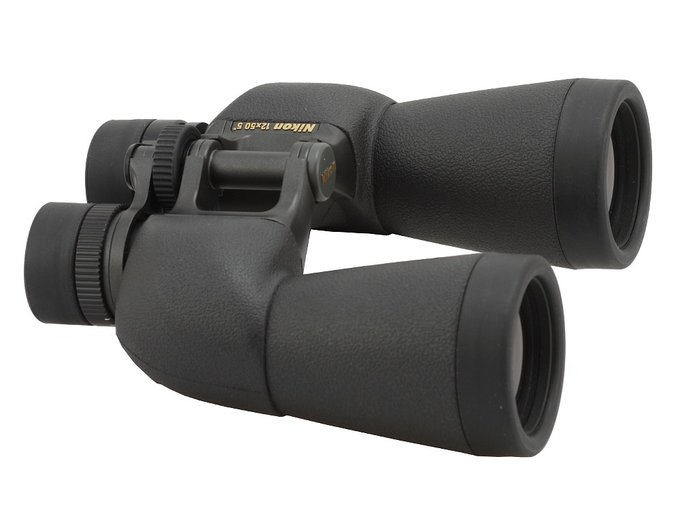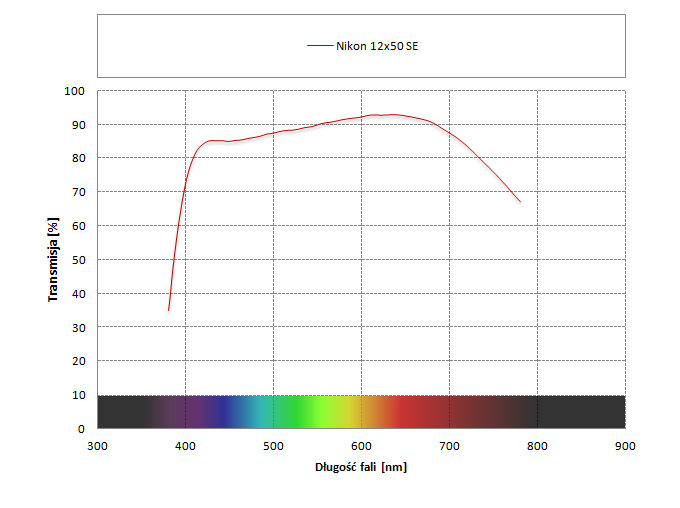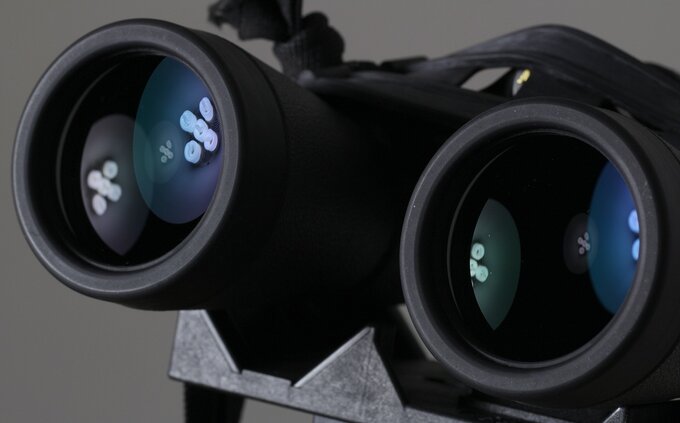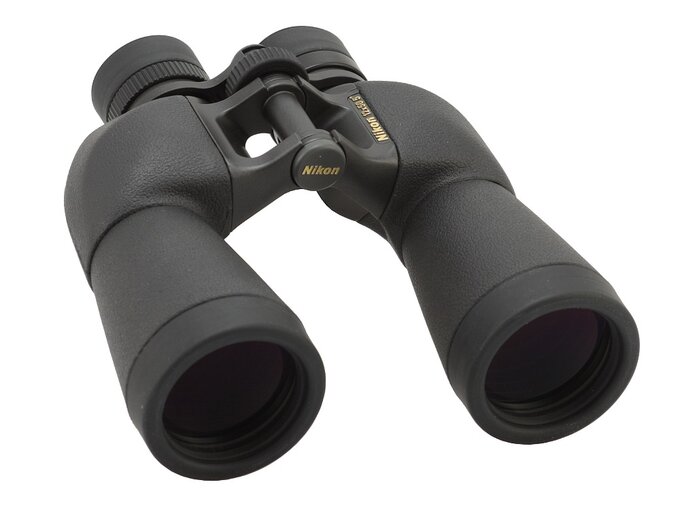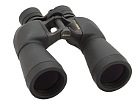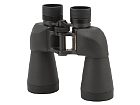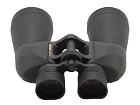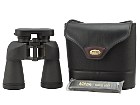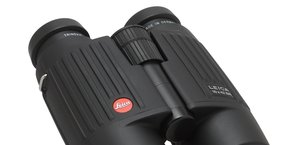| Real front lens diameter |
Left: 49.98+/-
0.05 mm
Right: 49.99+/-
0.05 mm
|
8 / 8.0 pkt |
| Real magnification |
12.09+/-
0.05x
|
3/3.0 |
| Transmission |
89.3+/-
1%
|
17/25.0 |
| Chromatic aberration |
Low in the centre and on the edges. |
8.3/10.0 |
| Astigmatism |
Very low. |
8.2/10.0 |
| Distortion |
The distance of the first curved line from the field centre compared to the field of view radius: 61% ± 3% |
7/10.0 |
| Coma |
Appears in a distance of 75% of the field of view and is between low and medium on the very edge. |
8.3/10.0 |
| Blurring at the edge of the FOV |
The blur occurs in the distance of 95% +\- 3% from the field of view centre. |
9/10.0 |
| Darkening at the edge the FOV |
Noticeable but still not especially bothersome. |
3.8/5.0 |
| Whiteness of the image |
Slight hue of red. |
4.3/5.0 |
| Collimation |
Perfect. |
5/5.0 |
| Internal reflections |
| Left: |
Right:
|
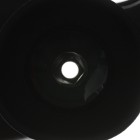 |
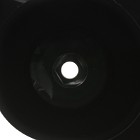 |
Light-gray area around exit pupils. |
3.5/5.0 |
| Housing |
Classic, stylish Porro construction in a magnesium body partially covered by rubber armour. Very comfortable to hold and to look through. The armour rubber comes with such a texture that it sticks to your hands very well and it fits the body very well, never sticking out, not even near objective lenses. Rubber eyecups can be folded. Made in Japan. |
7.8/8.0 |
| Focusing |
Quite comfortable central wheel but a tad too narrow. Its focus throw amounts to about 520 deg. Individual focusing on the right eyepiece is very comfortable but it moves the whole part. A classic ocular bridge; it is stable and moves evenly. The binoculars don't become defocused under pressure. |
4.5/5.0 |
| Tripod |
No tripod exit because you get a hoop in the middle. Of course, after purchasing an optional tripod adapter you can use that hoop as a tripod mount. |
2/3.0 |
| Interpupilary distance |
from 52.5 to 73.3mm
|
4/6.0 |
| Closest focusing distance |
5.45 meters. |
1/2.0 |
| Eyepieces FOV |
Apparent field of view of 60.1 deg. (according to the simplified formula) and 55.4 deg (according to the tangent formula). |
11/20.0 |
| Field of view |
Measured by us amounted to 4.97 +\- 0.04 degrees and was in perfect accordance with the specifications. A wide field for this class of equipment. |
6/8.0 |
| Quality of the interior of the barrels |
Inner tubes are dark and matted beautifully. There are a lot of baffles and apertures. Bottom is gray near the prisms, with small splashes of gray glue. Very clean. |
4/5.0 |
| Vignetting |
| Left: |
Right:
|
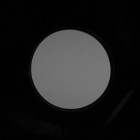 |
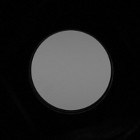 |
OL: 2.84%, OP: 0.80% |
5.5/8.0 |
| Prisms quality |
High quality BaK-4. |
8/8.0 |
| Antireflection coatings |
Green-dark blue on objective lenses, purple-green on the prisms, green-yellow-purple on the eyepieces. Medium intensity. |
4.5/5.0 |
| Warranty [years] |
10 |
4.5/6.0 |
| Final result |
78%
|
148.2 / 190 pkt
|
| Econo result |
|
0pkt. |
Summary
Pros:
- solid, handy casing, very comfortable to hold,
- sensible transmission,
- good white balance,
- low chromatic aberration,
- slight coma,
- very low astigmatism,
- proper distortion correction,
- sharp images practically to the very edges of the field,
- moderate brightness loss on the edge of the field,
- high quality prisms and coatings.
Cons:
- lack of fully waterproof casing and no nitrogen purging inside,
- truncated exit pupils.
This review in a sence can be qualified as a move back to the past. Why? The SE series was discontinued by Nikon; still, during our big 12x50 instruments test we had one specimen of the Nikon SE 12x50 CF available and decided to check the quality of these Porro binoculars, stacking it up against contemporary roof-prism devices with the same parameters.
The tested specimen, even if older than ten years, hasn't been used extensively because it is a part of a private collection. You can even say it is in mint condition. Of course it doesn't change the fact that its technology is definitely outdated, being more than a dozen years old.
Despite that fact the Nikon SE 12x50 CF performs exceedingly well in such categories as transmission and colour balance. Its graph is quite characteristic for older devices – a bit slanted, with the highest transmission, amounting to 92%, for red colour. In the centre of the visible spectrum it drops a bit, with a result near 89-90%. More contemporary coatings along with newer kind of glass, with higher transmission in the blue part of the spectrum, most likely would allow this pair of binoculars to exceed 90% in the wider part of the spectrum but still, as it is, we shouldn't complain too much.
When it comes to other categories there are practically no flaws at all. A visible truncation of one of the exit pupils is the only noticeable slip-up. Contemporary standards also demand a waterproof, nitrogen-filled casing and the Nikon SE lacks it.
It doesn't change the fact that the final score the binoculars got in our test, exceeding 148 points, is able to position the Nikon SE 12x50 CF on the same level as many contemporary roof prism models with price tags of around 1500 Euro. What's more, this score is just slightly lower than the score of the Leica Ultravid HD 12x50.
To sum up we do regret Nikon discontinued the SE series. If only they applied a bit better, contemporary antireflection coatings this particular set of binoculars would fare even better in our test, with 1-2 points more. We feel such a device would be an excellent complementation of different roof-prism models, prevailing currently on the market.
